The scorpion fly is a fascinating insect that often goes unnoticed by many people. Despite its strange appearance and unique behaviors, this creature plays an essential role in its ecosystem. In this article, we’ll explore 15 interesting facts about the scorpion fly that you probably didn’t know.
1. Not Actually a Fly
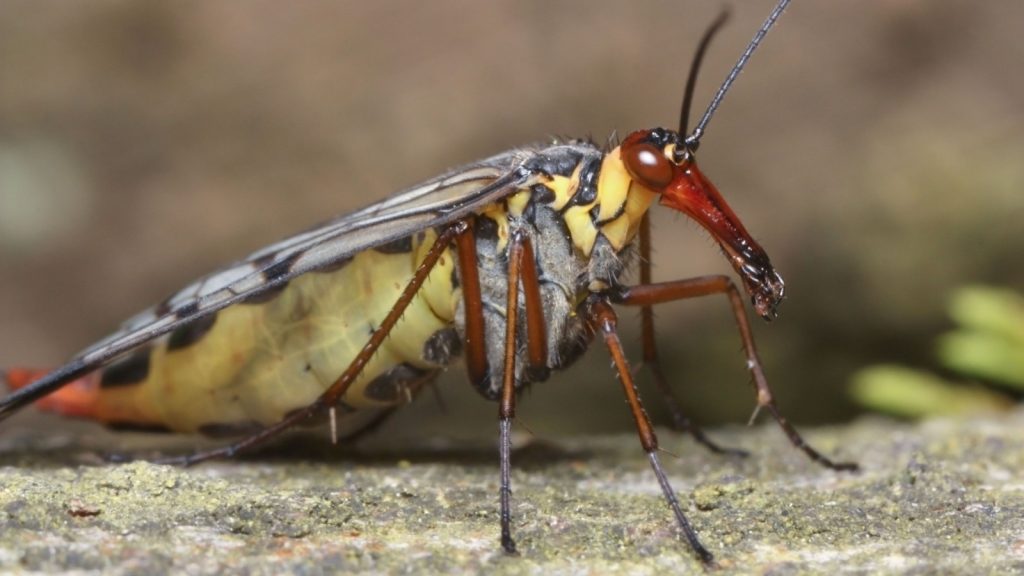
Despite its name, the scorpion fly is not a true fly. It belongs to the order Mecoptera, which includes about 550 species of insects. Scorpion flies are more closely related to fleas and true bugs than they are to flies.
2. Unusual Mating Ritual
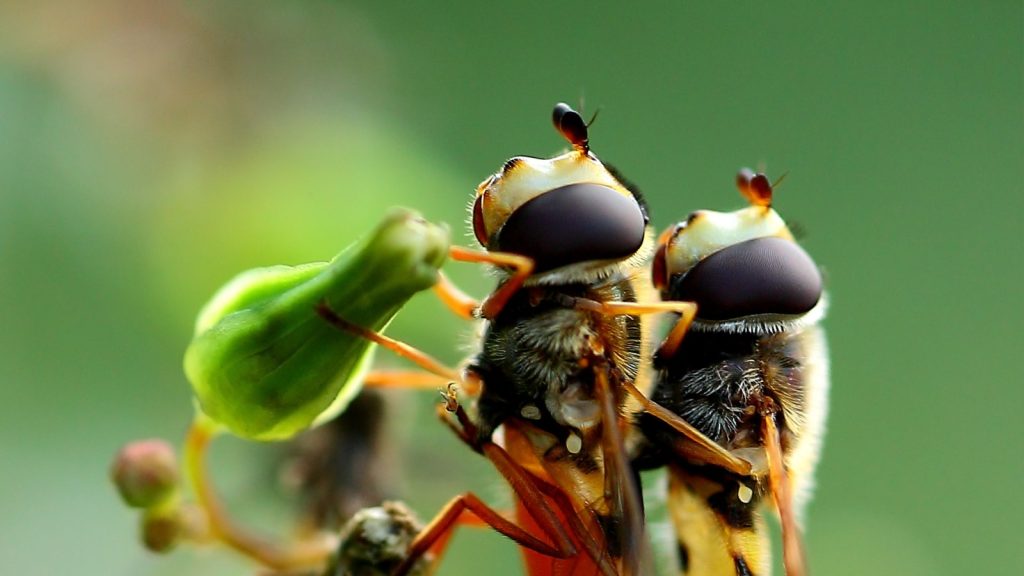
Male scorpion flies offer a dead insect or a mass of saliva as a nuptial gift to potential mates. The female will only mate with the male if she accepts the gift. This unique mating behavior helps ensure that the female has enough nutrients to produce healthy offspring.
3. Distinctive Appearance
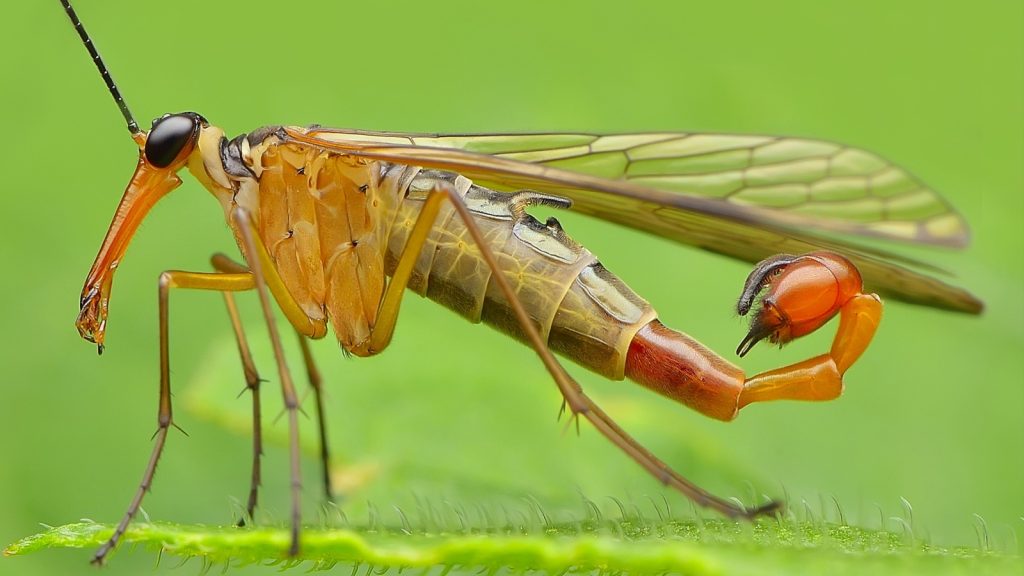
Scorpion flies have a unique appearance, with a long, beak-like mouth and a scorpion-like tail in males. However, despite their menacing look, they are harmless to humans. The tail is actually a modified genital segment used during mating.
4. Diverse Diet
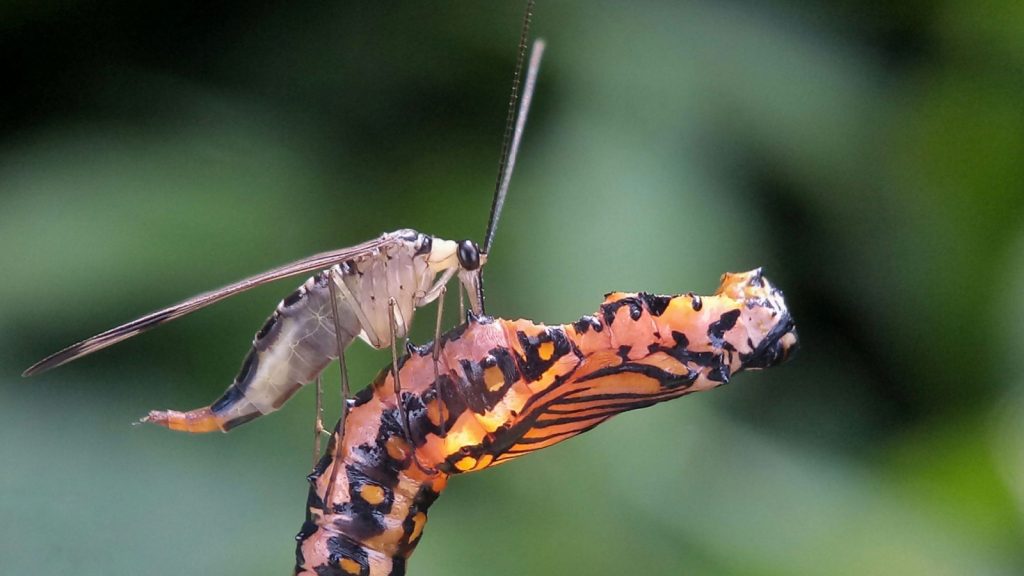
Scorpion flies are omnivores, feeding on a variety of foods, including dead insects, pollen, nectar, and rotting plant material. Some species are also known to be predators, hunting small insects and spiders.
5. Mimicry Masters
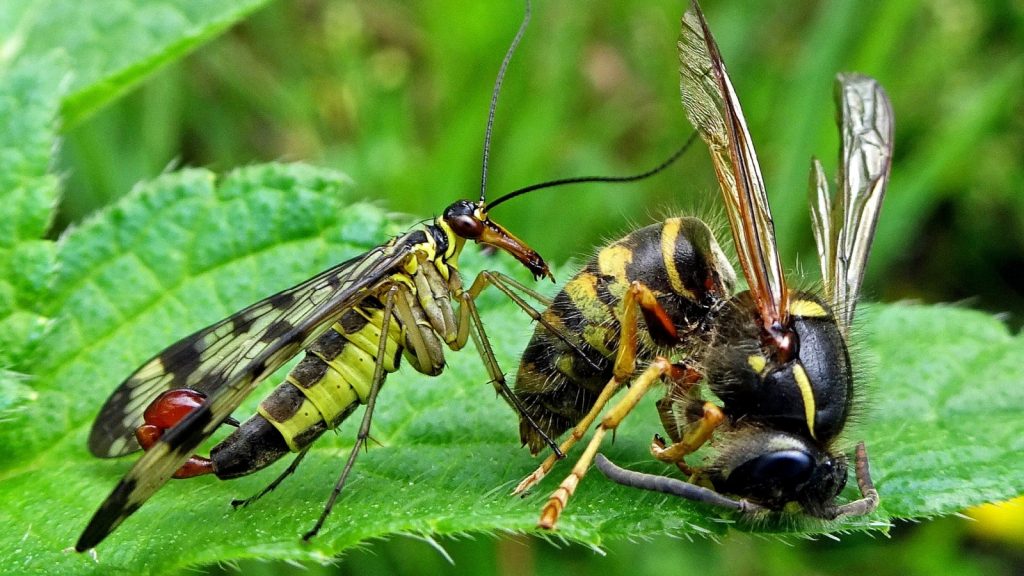
Some species of scorpion flies have evolved to mimic the appearance of wasps or bees. This mimicry helps them avoid predators that might otherwise see them as an easy meal. The resemblance is so close that even experienced entomologists can be fooled at first glance.
6. Ancient Lineage
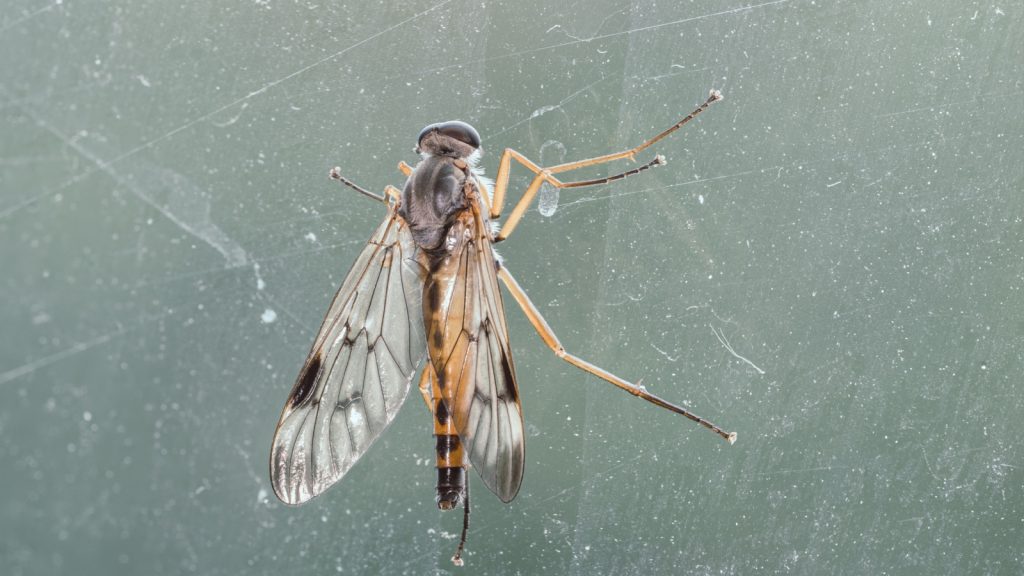
Scorpion flies are an ancient group of insects, with fossil records dating back to the Permian period, about 250 million years ago. They have survived several mass extinction events, including the one that wiped out the dinosaurs.
7. Worldwide Distribution
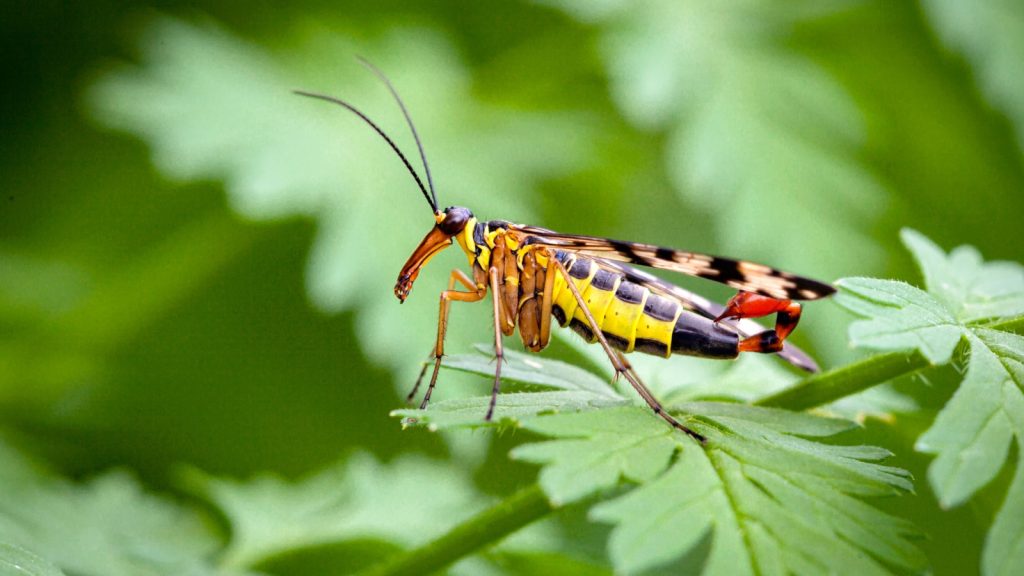
Scorpion flies can be found on every continent except Antarctica. They inhabit a wide range of habitats, from forests and meadows to mountains and deserts. Some species have even adapted to live in caves.
8. Valuable Pollinators
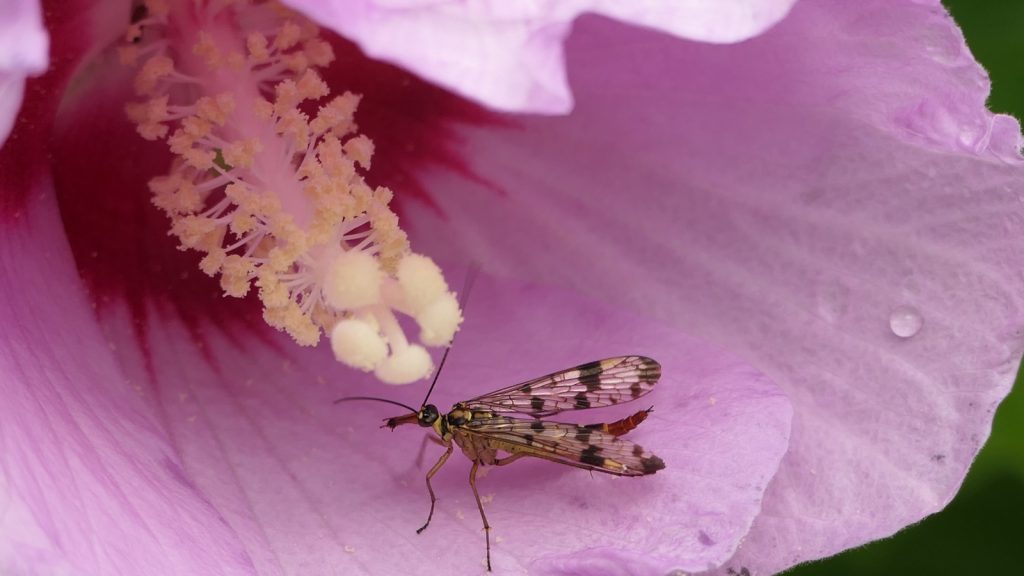
Although often overlooked, scorpion flies play a vital role as pollinators in their ecosystems. They visit flowers to feed on nectar and pollen, inadvertently transferring pollen from one plant to another, aiding in plant reproduction.
9. Unusual Larvae
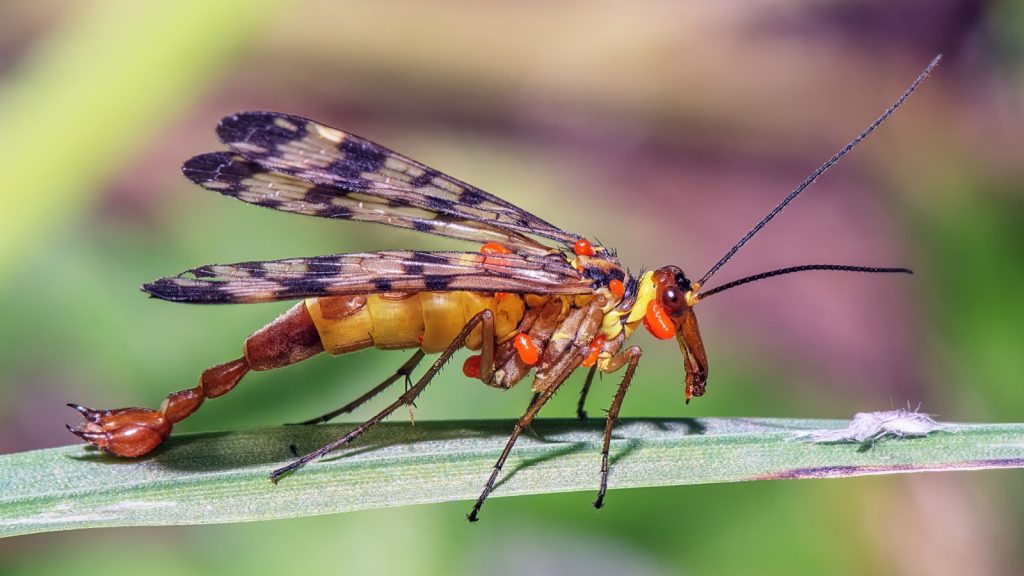
Scorpion fly larvae are unique among insects. They have long, slender bodies and large, powerful jaws that they use to hunt small invertebrates in the soil. Some species have even been known to exhibit cannibalistic behavior.
10. Seasonal Life Cycle
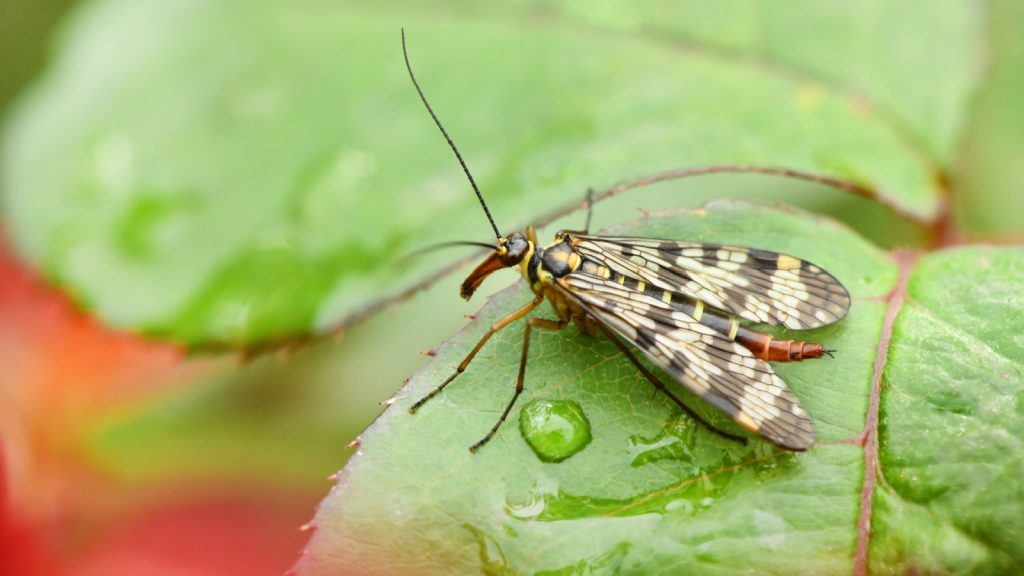
In temperate regions, scorpion flies typically have one or two generations per year. Adults emerge in the spring or summer, mate, and lay eggs. The larvae develop throughout the summer and fall, overwintering as pupae before emerging as adults the following year.
11. Sensitive to Environmental Changes
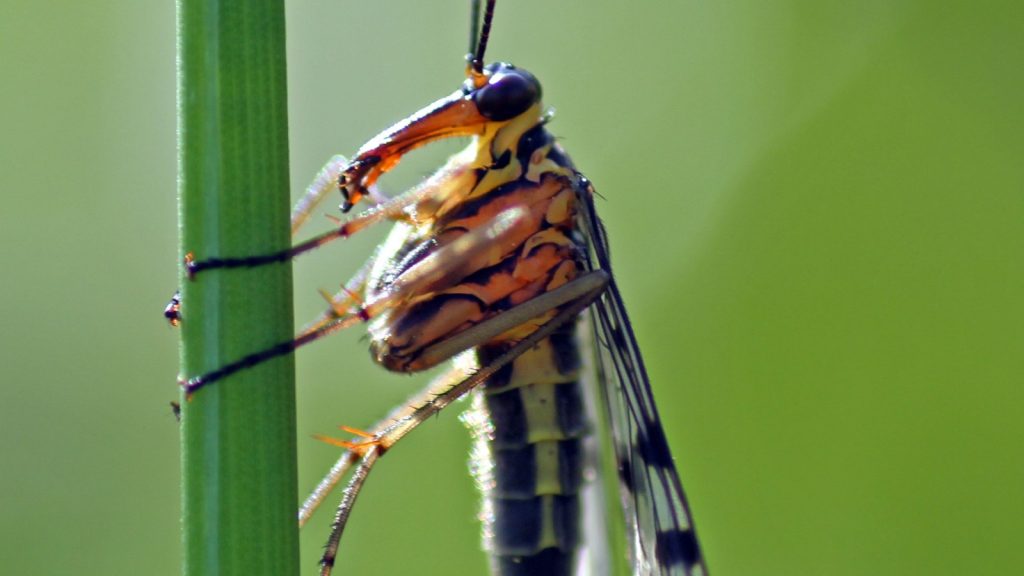
Scorpion flies are sensitive to changes in their environment, such as pollution, habitat loss, and climate change. As a result, they can serve as valuable indicators of ecosystem health. Declines in scorpion fly populations may signal broader environmental problems.
12. Unusual Courtship Dances
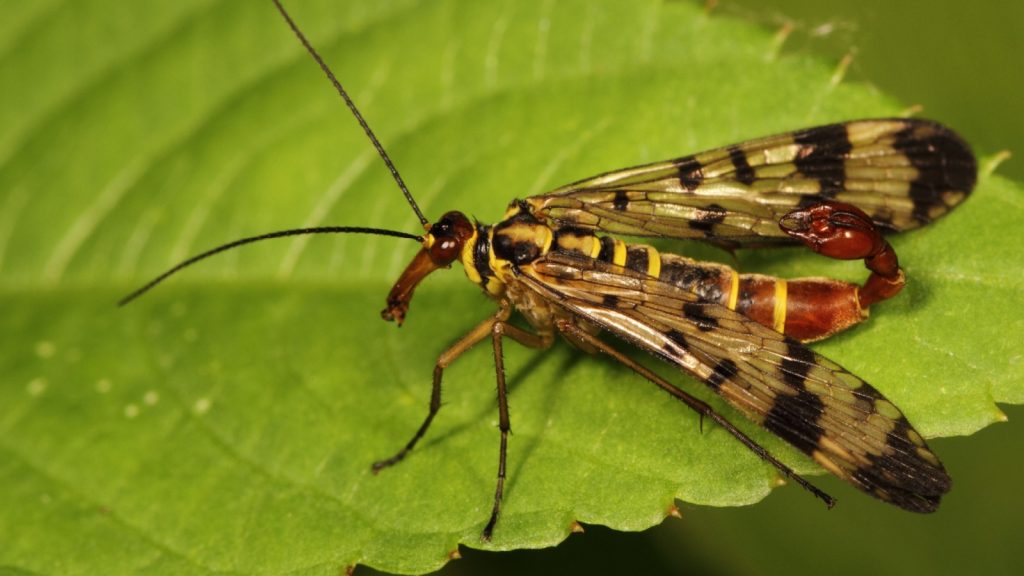
In some species of scorpion flies, males perform elaborate courtship dances to attract females. These dances involve complex movements of the legs, wings, and abdomen, and may last for several minutes. Females assess the quality of the male’s dance before deciding whether to accept his nuptial gift.
13. Nocturnal and Diurnal Species
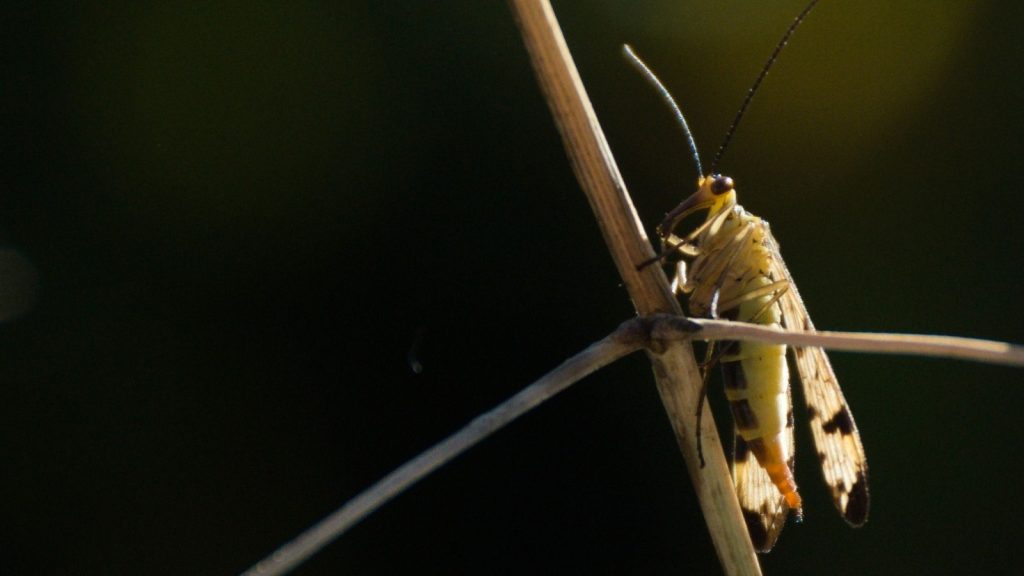
While most scorpion flies are active during the day (diurnal), some species are nocturnal, meaning they are active at night. Nocturnal species often have larger eyes and more sensitive antennae to help them navigate in low-light conditions.
14. Unusual Defense Mechanisms
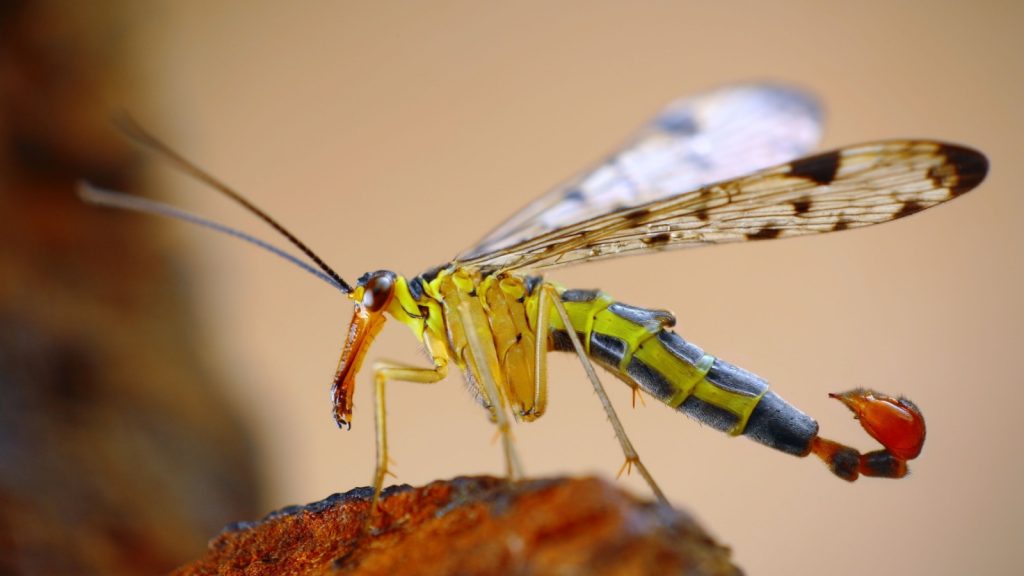
When threatened, some species of scorpion flies release a foul-smelling secretion from glands in their abdomen. This secretion can deter predators and help the scorpion fly escape. Other species have evolved to blend in with their surroundings, making them difficult for predators to spot.
15. Valuable in Forensic Science
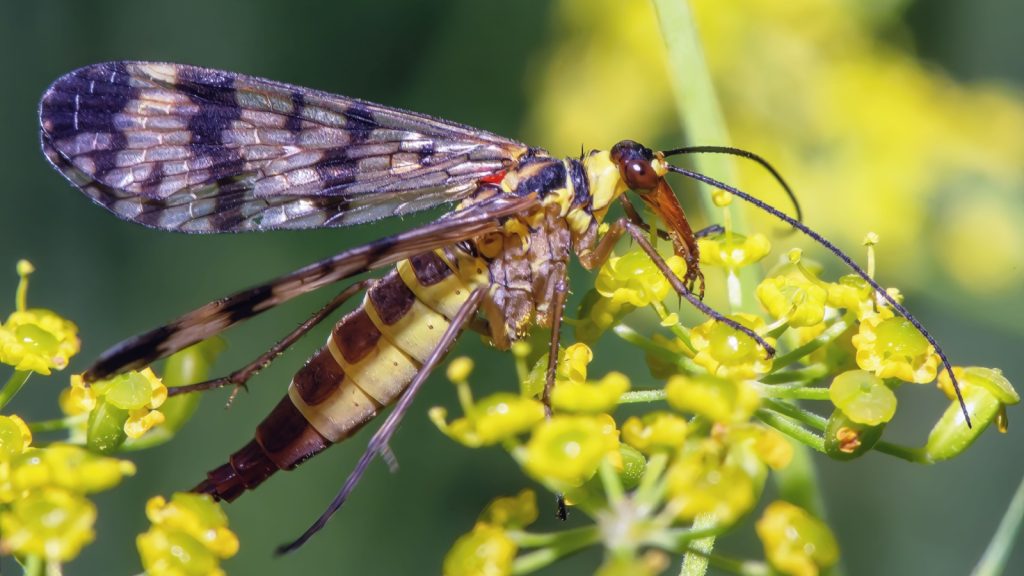
Scorpion flies are among the first insects to arrive at a dead body, making them useful in forensic investigations. Forensic entomologists can use the presence and development stages of scorpion fly larvae to estimate the time of death, providing crucial information in criminal cases.
Katy Willis is a writer, master herbalist, master gardener, and certified canine nutritionist who has been writing since 2002. She’s finds joy in learning new and interesting things, and finds history, science, and nature endlessly fascinating.
